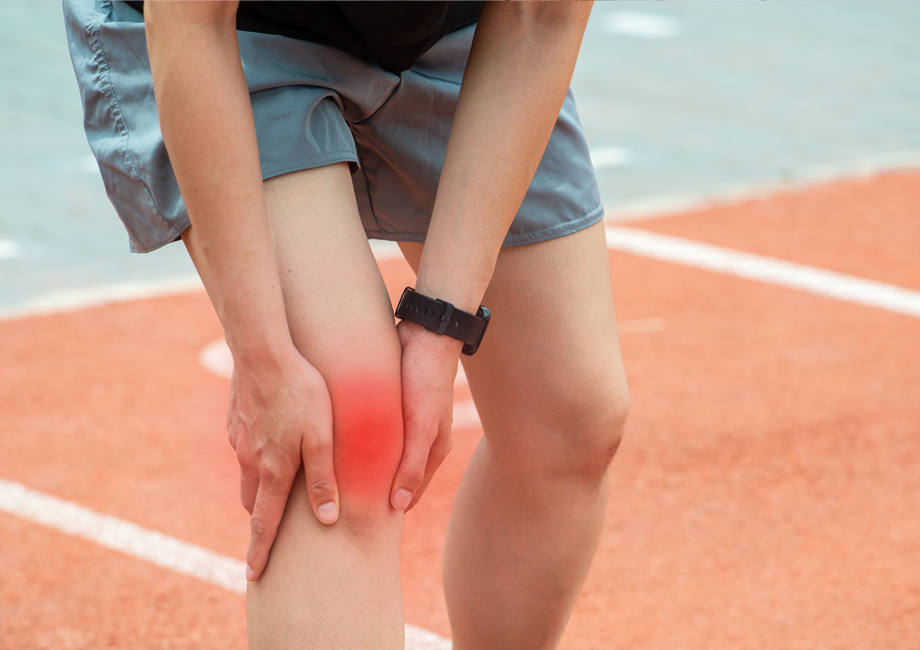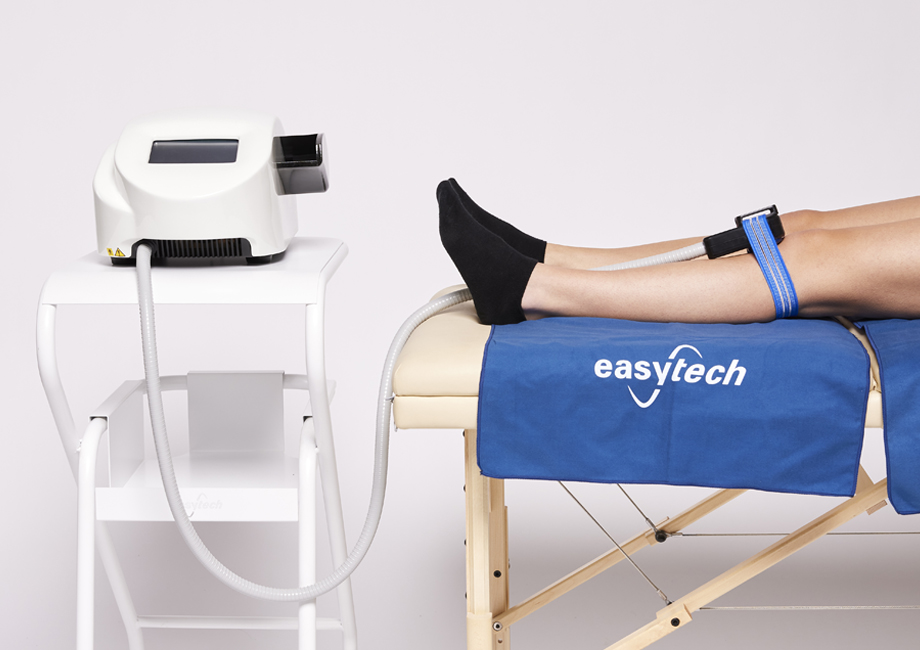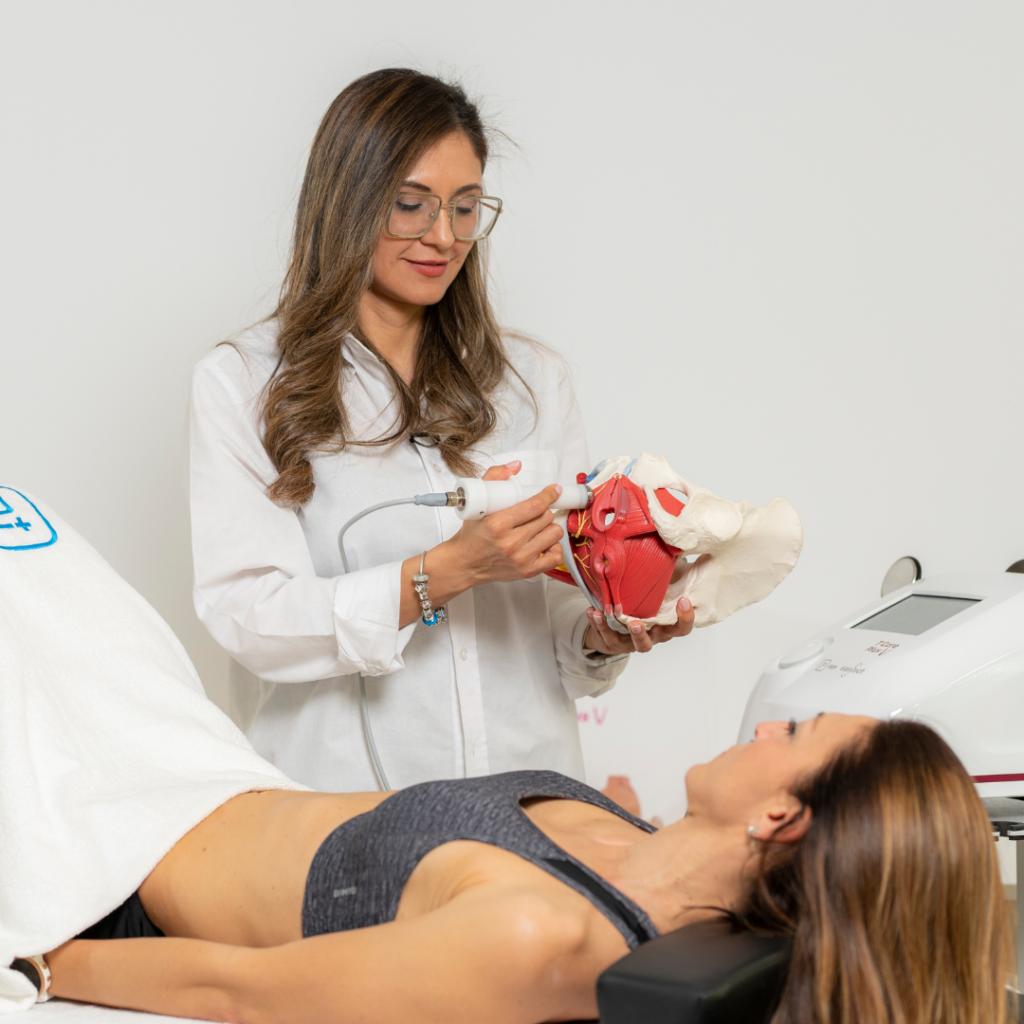
The benefits which the correct dose of cold can administer have long been known among the scientific community. However, problems arise when one must choose between the many available modes of application, which vary on the base of the required logistics, the possibility or lack thereof, of correctly administering the correct dose, storage, etc…
To guide you in the decision-making process, we list and review the main modalities of applying cold in analgesia and for each enlist both their benefits and disadvantages.
What are the most common methods?
Among the most common modalities of applying cold we find:
- Cold packs: such as common ice bags and cold packs of gel combined with compression bandages.
- Ice sprays: frequently employed in sports, particularly suited for fast treatments.
- Chemical refrigerants: disposable bags made of two separated reagents.
- Computer-aided cryotherapy: computer-aided devices for the application of cold, including Cryo T.
Cold packs: how and when to use
Common ice bags are some of the most popular means to perform local cryotherapy, both because production costs are contained, and because they are very efficient. However, their use imposes storage limitations and can cause unpleasant sensations when applied to a heated body who just underwent physical activity or a rehabilitation session.
How do ice sprays work?
Commonly employed in sports, ice sprays are often made of fluoromethane, a non-inflammable and non-toxic substance made in an under-pressure envelope. Through vaporization, gas freezes and the stream are released onto the surface to be refrigerated. The perception of cold is immediate but does not last long: ice sprays are in fact not indicated for long-lasting treatments.
How do chemical refrigerants work?
For a more comfortable and otherwise fast use, chemical refrigerants are just as efficient, since they are disposable bags made of two separated reagents. The activation of such devices is made by breaking a specific internal divider. However, attention must be paid to avoid breaking the external bag since contact between these chemical substances and the skin causes burns.

What is and how can computer-aided cryotherapy help me?
Computer assisted devices for cryotherapy which guarantee the continuous control of cold are among the most recent, efficient, and safe methods to perform cryotherapy. The greatest advantage when using these devices, other than the fact that they do not necessitate to be filled with cold water or ice, is the possibility of continually modulating the temperature in a range varying between 2° and 10° for the entirety of the treatment.
Among them figures Cryo T, a very small device which “produces cold” thanks to a peltier cell and a high thermal conductivity applicator positioned on the patient.
What are Cryo T’s benefits?
The cooling obtained with Cryo T is very efficient and similar to, but more practical and safer than that of ice. For instance, in traumas of mechanical origin, very common in sports traumatology, the use of Cryo T can avoid soaking bandages, as in fact, the device can supply the correct amount of cold for it to pass through bandaging to the skin without wetting them.
Choosing the best method for you
In conclusion, many are the available methods to apply cold and just as many the options available on the market. Which one is best for you depends on the context, your resources in terms of space, logistics and naturally, economical means, however, it also depends on the use you intend to make of it.
Nevertheless, a computer assisted device is undoubtedly more precise and constant when it comes to temperature control, saving space and the immediate and constant availability of cold.











